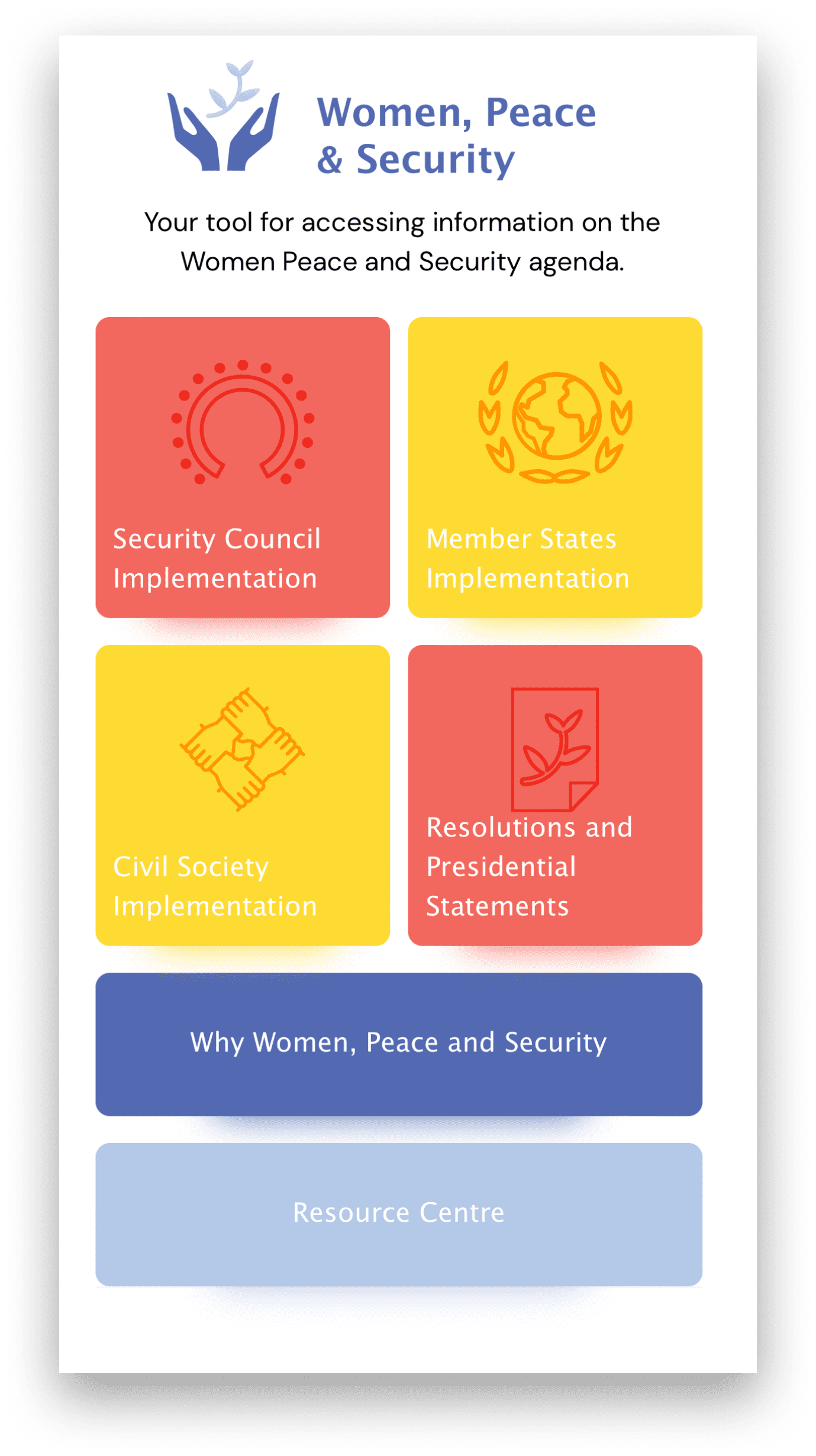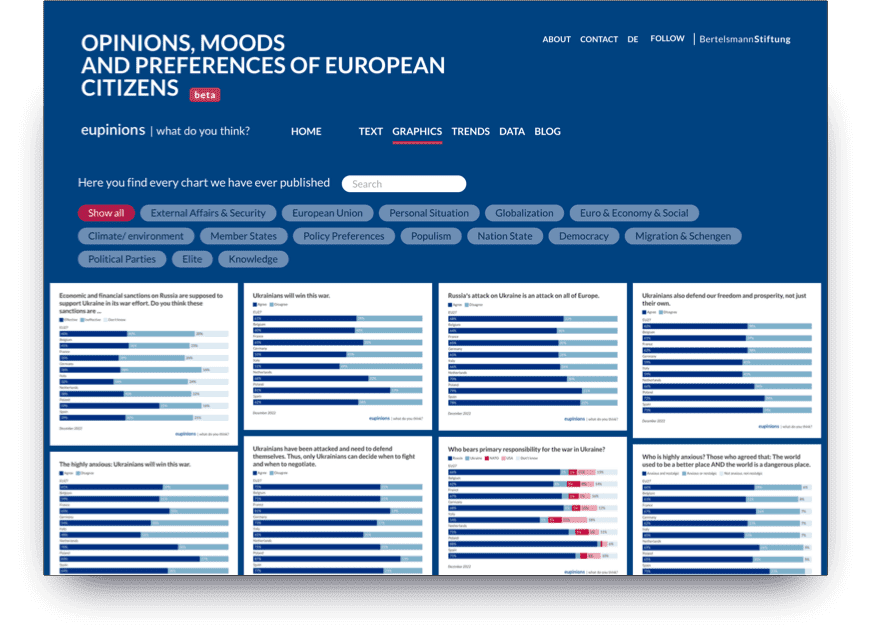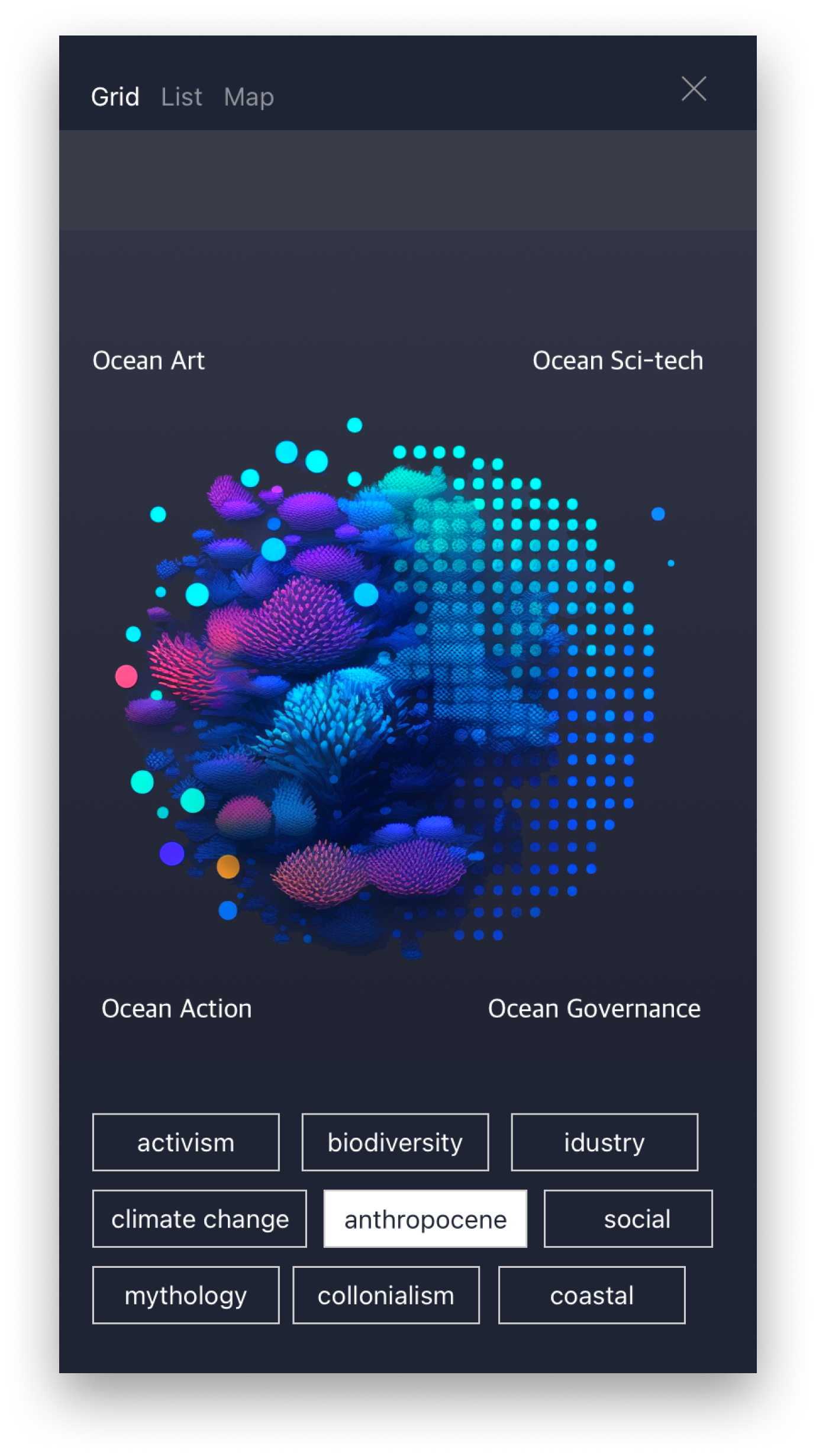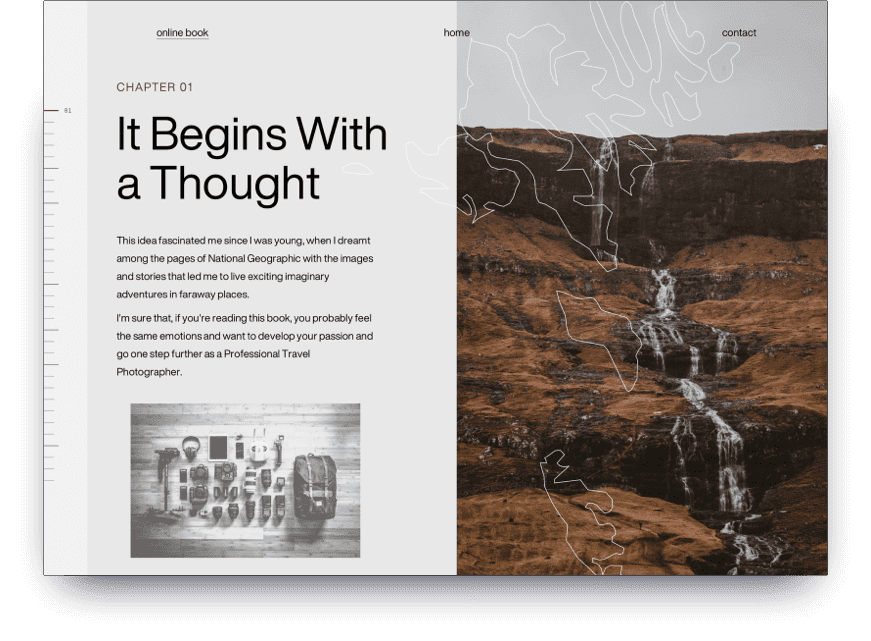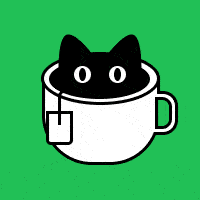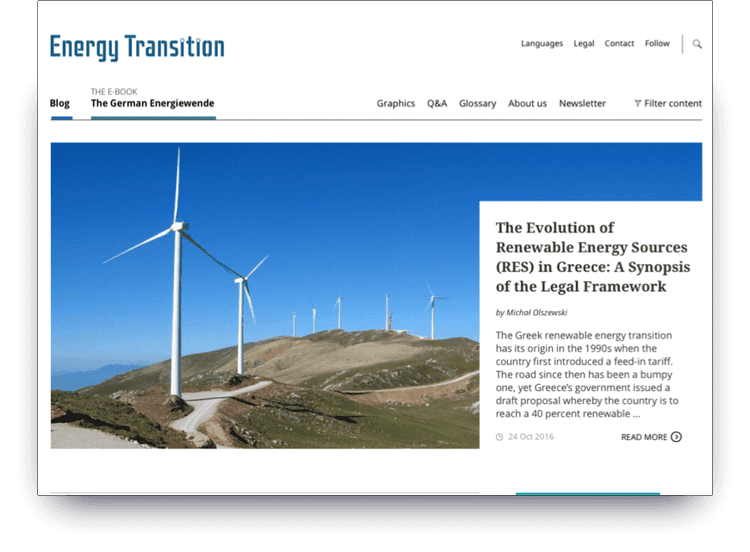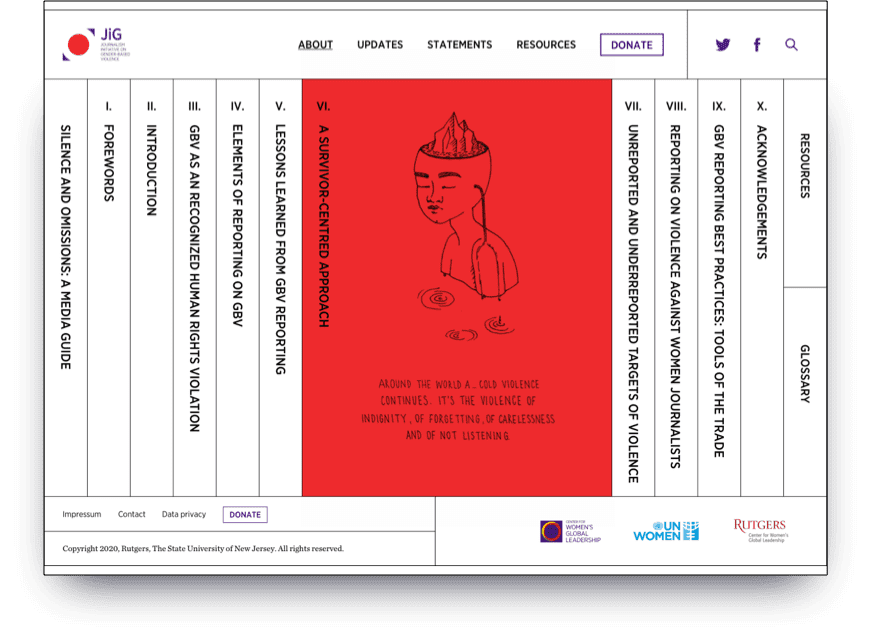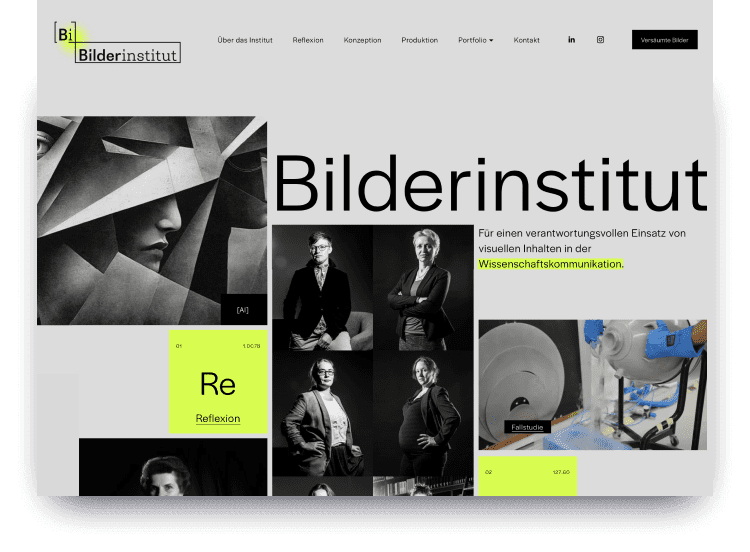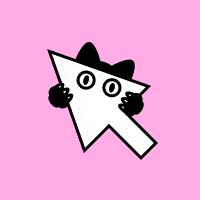Embracing Digital Ethnography in UX Research and Design
Timeline: 2014 — present
My role: UX Researcher and UX/UI Designer at Lucid.Berlin and freelance
UX Research and Design for 80+ digital products, including complex platforms, mobile applications, websites, and software.
Conducted 30+ in-depth UX researches using mix of methods for users in over 50 countries.
Background
As a UX researcher and designer with a social anthropology background, I bring a unique perspective to crafting digital products, from sleek websites to intricate data models. Research drives my work, with digital ethnography serving as a cornerstone in my user research and design processes.
In this case study, I'll share how I’ve leveraged digital ethnography to enhance my projects, highlighting the skills I honed, the challenges I navigated, and the significant impacts on my work. My diverse experience includes governance, government projects, non-profit initiatives, development efforts, and business ventures of all sizes.
Principles of Digital Ethnography I follow
Research is the cornerstone of my work, driving impactful projects and solutions. In today's fast-paced digital world, it's essential to turn academic research into actionable insights that enhance decision-making, communication, and prioritization, leading to superior evidence-based user experiences.
My background in ethnography equips me to effectively conduct co-creation processes with clients and gather critical information from both existing and potential users. Over the past two years, I've specialized in digital ethnography, which examines the interplay between digitalization and human behavior.
Quantitative methods such as data analytics, heatmaps, and user analytics, along with surveys, help identify potential issues, pain points, and opportunities. These insights serve as a foundation before diving into qualitative research.
When collaborating with diverse stakeholders, I employ qualitative methods like open-ended interviews and focus group discussions, both in-person and online. These techniques are crucial for understanding and defining client and user needs, as well as analyzing verbal and nonverbal feedback through careful observation.
UX Research
Understanding
Observations, interviews, and surveys help gain insights into user behavior and preferences, informing design decisions and improving usability.
Contextualisation
Considering the user's environment and social interactions creates more personalized and engaging experiences that meet their needs and expectations.
Engagement
Continuous engagement with users throughout the design process ensures their needs are met, resulting in user-centered designs tailored to their preferences.
Insights and Development
Digital ethnography has been crucial in my role as a UX researcher and designer, driving exceptional outcomes for my clients. Here are some key achievements:
Clear briefing and concept strategy: Leveraging digital ethnography, I deliver concise, comprehensive briefings that define the digital product's concept and strategy.
Prioritized needs: I effectively prioritize user and client needs, ensuring the digital product satisfies both parties' requirements.
User journeys: By crafting user journeys rooted in real user needs, I ensure an exceptional user experience for the final product.
Stakeholder mapping: Mapping out project stakeholders promotes alignment and smooth project execution.
Prototyping: Digital ethnography informs prototype creation, leading to a final product with an optimal user experience.
UX/UI report: I provide thorough UX/UI reports detailing the digital product's design, ensuring client satisfaction with the final outcome.
Research and Design impact
Enhanced User Experience
Digital ethnography provides deep insights into user behavior and context, leading to personalized and engaging digital products. Continuous user engagement ensures that designs meet user needs and improve usability.
Evidence-Based Design Decisions
Combining quantitative and qualitative research methods helps prioritize features based on real user needs and pain points. This ensures that design decisions are grounded in solid evidence, resulting in more effective and user-friendly products.
Improved Stakeholder Alignment
Digital ethnography fosters clear communication and alignment among stakeholders, ensuring smooth project execution. Prototypes and strategies based on user feedback help deliver products that meet both user and client expectations.
Disclaimer
All images and materials in this case study belong to various of my clients. The purpose is to showcase my skills, and no sensitive data or confidential information was used. The information and visuals provided were created for presentation purposes only, using placeholder data and photos generated by Midjourney AI.


